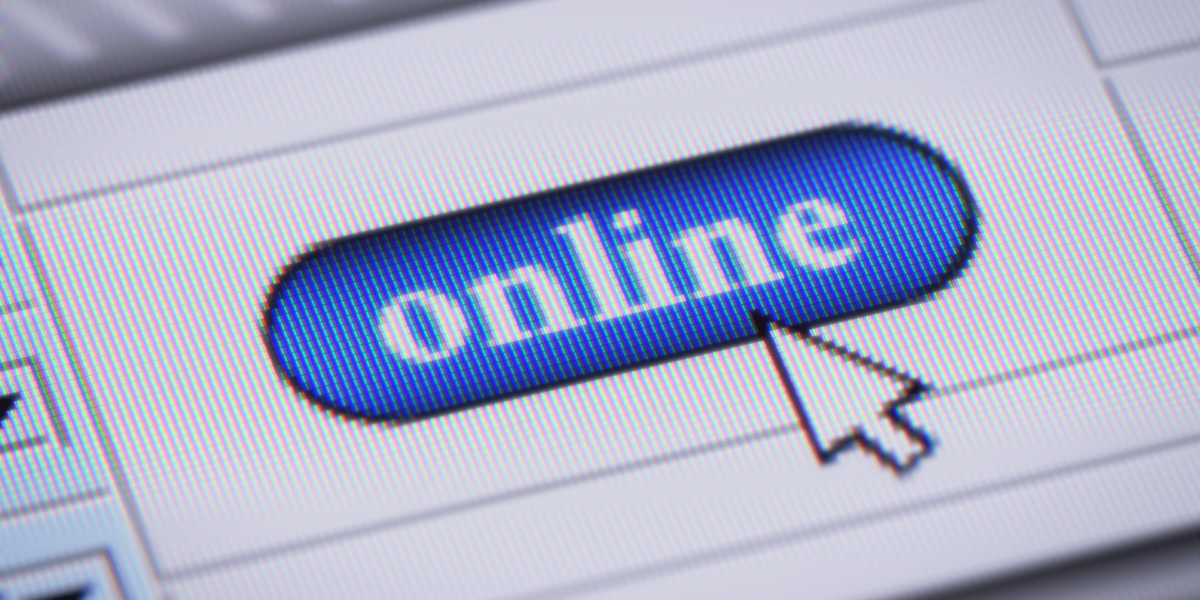Intentional Absence Creates Curiosity
When someone steps back from digital noise, their silence becomes noticeable. In an environment filled with constant posts and updates, a pause stands out. People begin to wonder, not because of fear, but because of interest. Digital silence invites curiosity.
A professional known for sharing weekly insights suddenly stops posting. Followers notice. They wonder what the pause means. When that person returns, their message carries more weight. The silence reset expectations, allowing their next words to make a stronger impact.
Space Builds Thoughtful Communication
Digital silence creates room to think clearly. Without pressure to publish constantly, messages become more intentional. This shift from reactive to reflective communication makes each post more meaningful.
A leader steps back from daily updates and takes time to listen. When they speak again, their words reflect insight, not impulse. The silence allows deeper thinking, which shows in the content they share. The audience feels that depth and responds with greater trust.
Consistency Without Clutter Gains Respect
Frequent posting does not guarantee influence. In fact, too much content can dilute a message. By reducing digital noise, individuals show they value clarity over visibility. This consistency without clutter strengthens credibility.
A creator chooses to post only when they have something to say. Their audience adapts, waiting for meaningful updates instead of scanning for daily noise. Each message gets more attention. The lower volume increases the perceived value.
Absence Demonstrates Confidence
Remaining quiet online requires confidence. It sends a message that presence isn’t tied to constant engagement. Those who choose silence signal that their worth doesn’t rely on attention metrics.
A strategist pauses their content calendar for a week. They don’t explain or defend the choice. When they return, their message doesn’t apologize—it simply continues. This behavior shows self-assurance and intention, both of which build influence.
Silence Encourages Listening Over Broadcasting
In silence, there is space to listen. Thought leaders who observe before speaking gain more insight into what others need. This practice enhances relevance and increases the likelihood of saying something that resonates.
A consultant reads feedback and watches industry shifts during a period of digital silence. When they reengage, their ideas reflect what others missed. Their silence wasn’t absence—it was research. The message lands more effectively because it comes from listening.
Boundaries Reinforce Authority
Digital silence can reflect strong boundaries. When individuals choose when and how to engage, they model intentional behavior. These limits show they control their presence, not the other way around.
A coach blocks off weekends from all digital channels. Clients learn to respect this time. The boundary becomes part of the brand’s integrity. The coach’s influence doesn’t drop—it increases because people respect their structure.
Breaks Prevent Burnout and Sustain Energy
Influence relies on consistency, but consistency requires sustainability. Silence gives room to rest and recharge. Without it, voices weaken from overuse. Taking breaks supports long-term presence.
A content manager notices their message losing energy. They step away to reset. When they return, their tone is sharp again, their ideas clear. The gap prevented decline and protected quality.
Silence Filters Out Noise From Value
In constant digital activity, important messages get buried. Silence clears space for what matters. When someone withholds content, the audience becomes more selective, paying closer attention when something does appear.
A public figure posts once after a long break. The audience listens closely. The message feels urgent and important because silence framed it. Less volume means more focus on what’s shared.
Reentry Creates a Moment of Impact
Returning after silence creates a moment. If used well, that moment can mark a shift in tone, direction, or message. A pause gives space to realign and reintroduce the voice with purpose.
An educator returns to digital platforms with a new framework. The gap gives context to the change. The silence becomes part of the story. The message gains strength from its timing.
Silence Is a Strategic Choice
Digital silence isn’t absence—it’s strategy. It builds trust, creates space for reflection, and renews presence with clarity. In a noisy world, the most powerful voice may be the one that knows when to pause.
Influence doesn’t come from volume. It grows through intention, respect, and timing. By choosing silence, leaders create space for stronger messages, deeper connections, and lasting impact.



